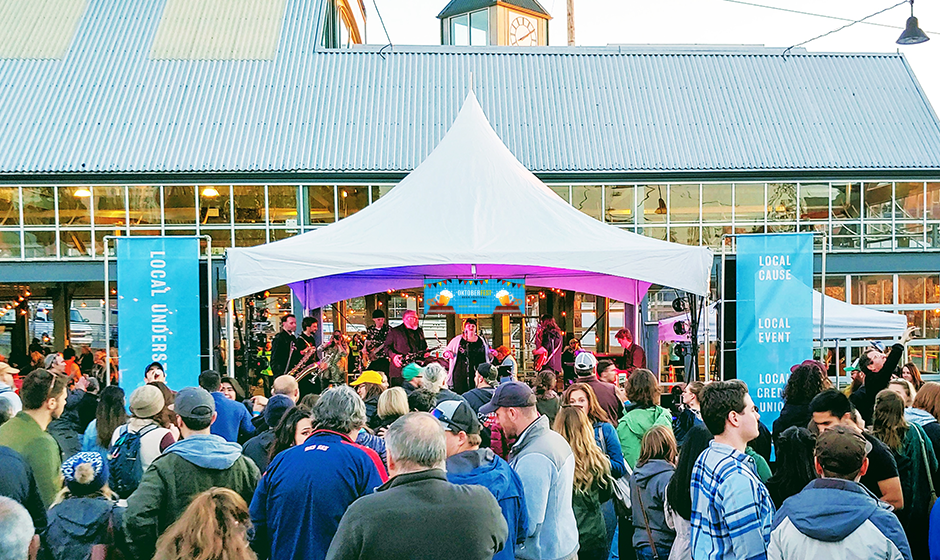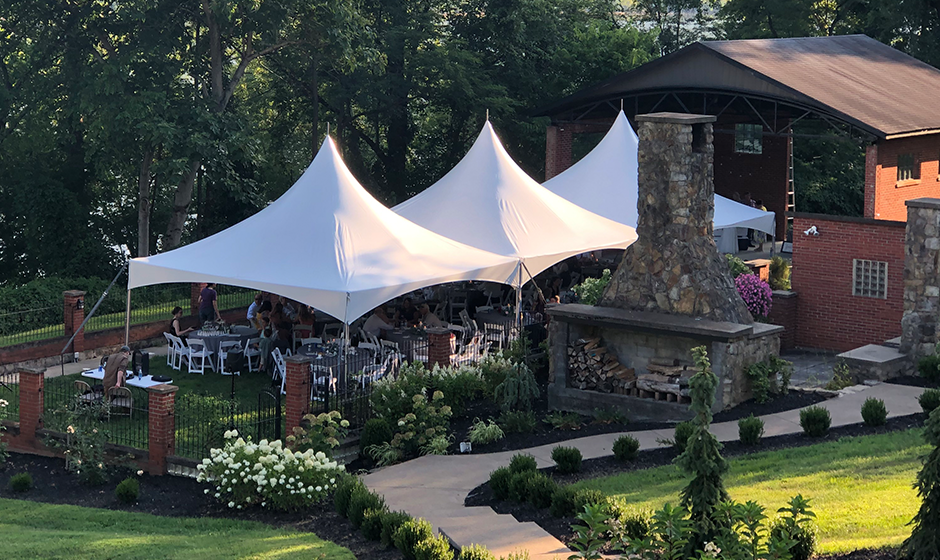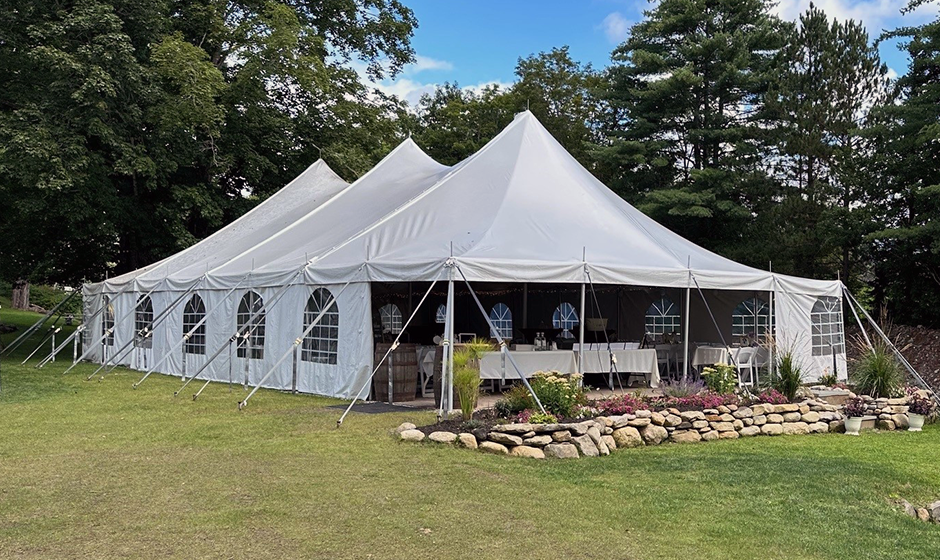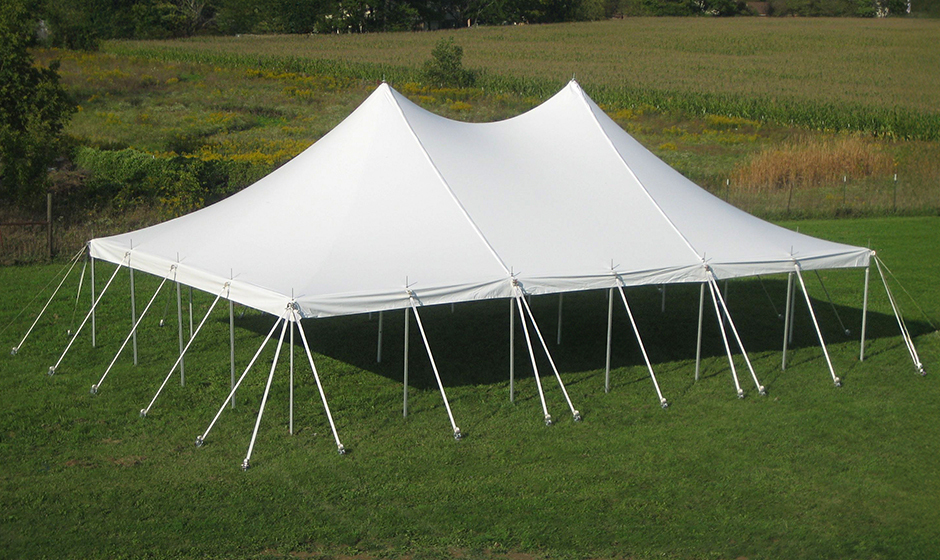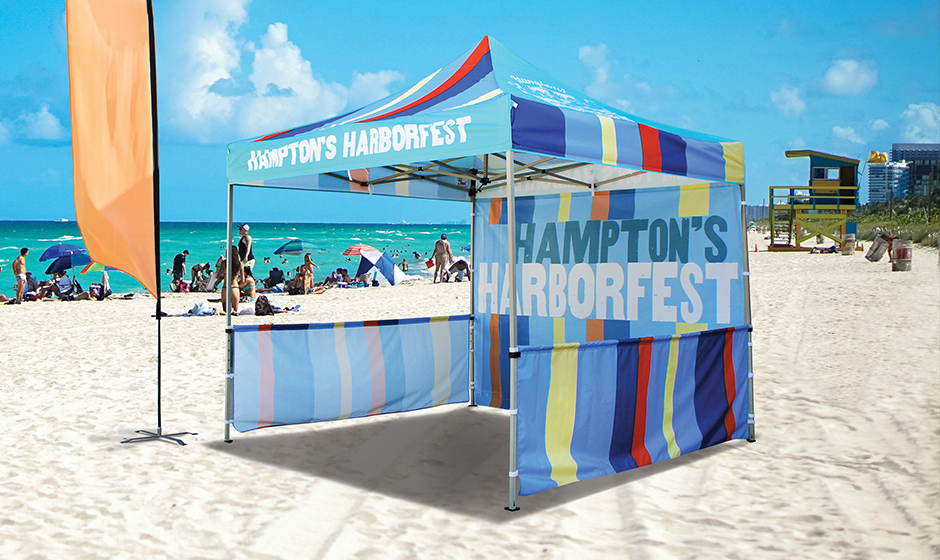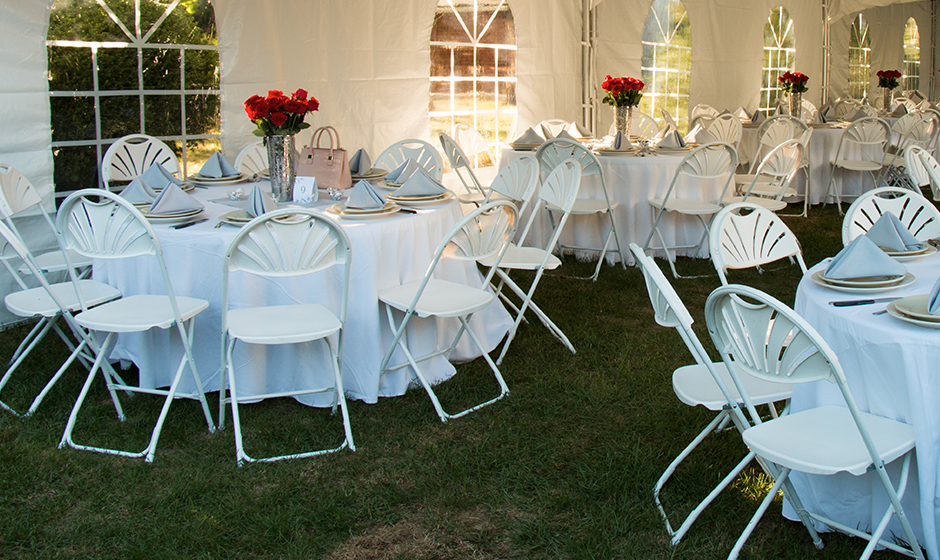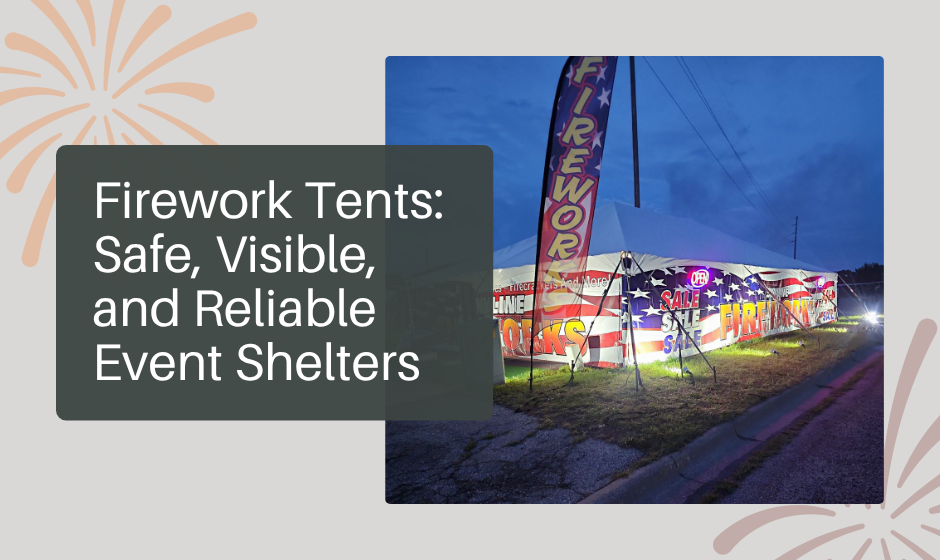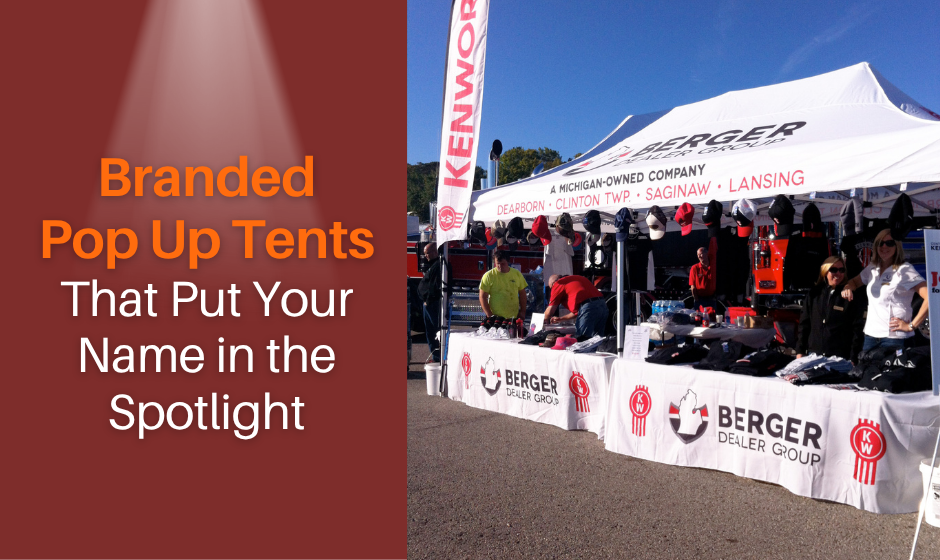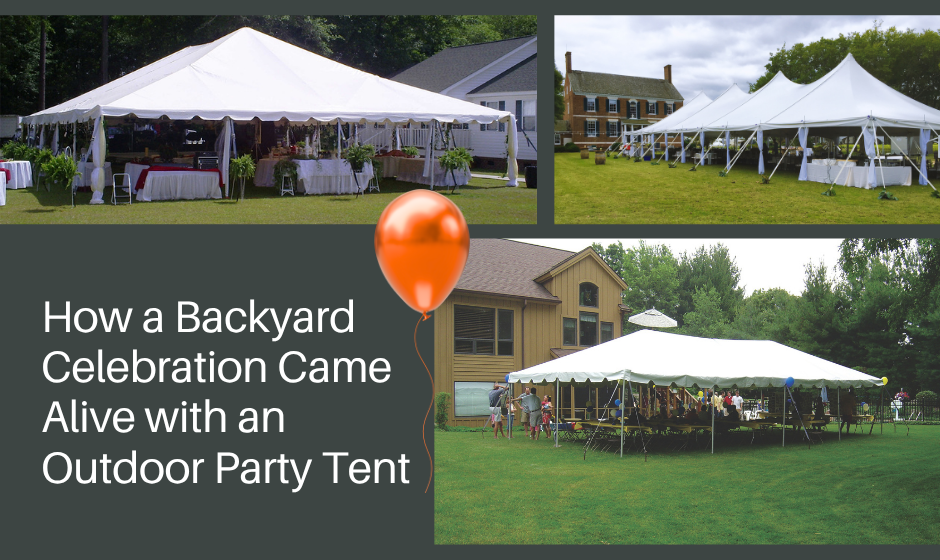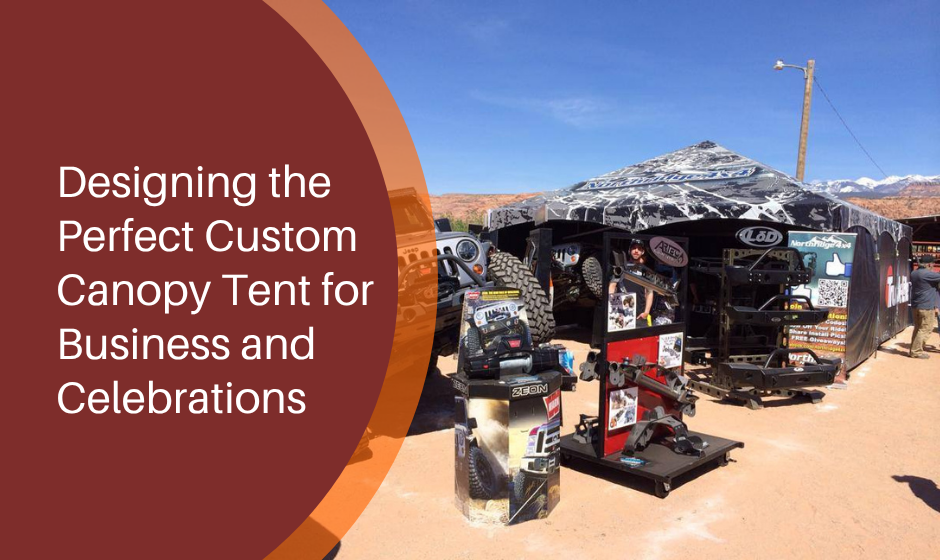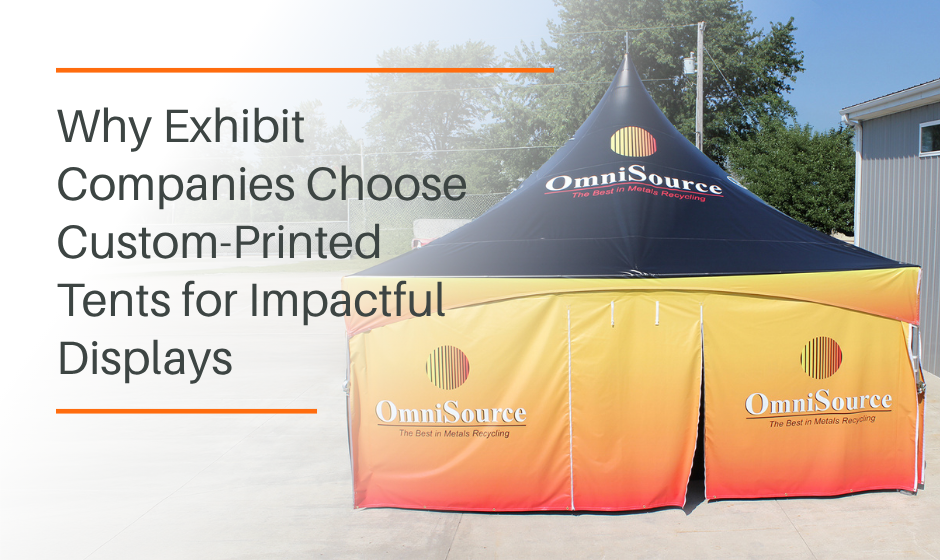Durable and Reliable Construction Tents for Every Job Site
Construction doesn’t stop for bad weather, and that’s where a construction tent makes all the difference. Whether it's pouring rain, heavy wind, or freezing temperatures, crews need reliable shelter to stay safe and productive. A well-designed construction tent transforms a work zone into a controlled environment—allowing projects to stay on schedule and budgets in check.
Outdoor projects are at the mercy of the elements. Delays due to rain, snow, or extreme sun exposure not only disrupt timelines—they impact labor costs, equipment performance, and safety. A construction tent offers immediate protection, acting as a mobile, weather-resistant enclosure that keeps the work going under nearly any conditions.
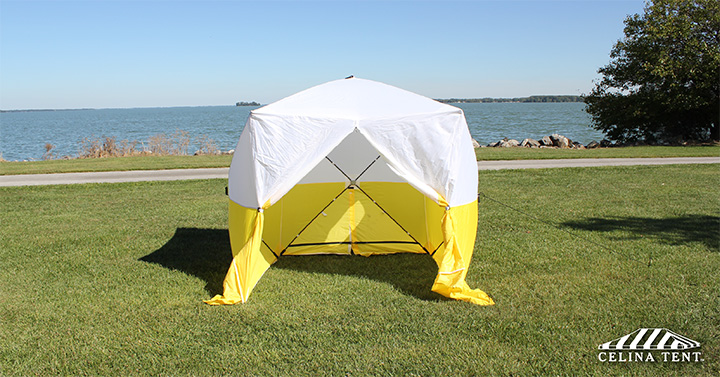
Why Construction Tents Are Essential
These tents are commonly used for concrete pouring, welding, equipment storage, or creating break areas for crew members. They help maintain steady progress while reducing downtime.
Key Features of a Reliable Construction Tent
A proper construction tent isn’t just any pop-up canopy. It must be tough, adaptable, and built to withstand the demands of a rugged site. Here’s what to look for:
- Heavy-Duty Materials: Frames are typically made from galvanized steel or high-grade aluminum, ensuring resistance to corrosion and impact. Covers are crafted from flame-retardant, waterproof vinyl or polyethylene.
- Wind and Snow Load Ratings: Construction tents should come with clear ratings for wind and snow load, giving you confidence they’ll hold up during inclement weather.
- Anchoring and Stability Systems: Expect reinforced anchoring options like ground stakes, ballast systems, and weighted frames. These ensure the tent won’t budge during high winds or uneven terrain.
- Modular or Expandable Designs: As your site needs grow, your tent can grow with you. Modular panels and expandable widths make it easy to scale up or down.
- Access Points and Ventilation: Roll-up sides, zippered doors, and built-in vents allow for easy equipment entry, air circulation, and temperature control.
Use Cases for Construction Tents
Concrete Work and Curing
Protect freshly poured concrete from rain, cold temperatures, and contaminants. A tent enclosure helps speed up the curing process while maintaining quality.
Welding and Fabrication
Certain welding processes require shielded environments. A construction tent provides the covered workspace needed to ensure safety and precision.
Storage and Equipment Protection
Expensive tools and machinery should never be left exposed. A secure tent ensures materials stay dry and operational, even during storms.
On-Site Meetings and Crew Breaks
Temporary shelters double as administrative hubs, break areas, or first-aid stations. Comfortable crew members mean safer, more productive worksites.
CELINA Team Insight: Our construction tents are built to handle the toughest job site conditions—from freezing temperatures to high winds—helping your team maintain productivity all year long.
Construction Tents in All Seasons
One of the biggest advantages of using a construction tent is the ability to maintain workflow throughout the year. In winter, tents can be fitted with industrial heaters to keep interior temperatures stable. During the hot summer months, ventilation panels or fans help keep the space cool and breathable.
In rainy seasons, waterproof sidewalls and sealed seams prevent water ingress and protect sensitive tasks like electrical or interior finishing work. The flexibility of these structures makes them an all-weather solution.
Compliance and Safety Considerations
Construction tents must meet specific local and industry codes. Always ensure your tent supplier provides documentation related to:
- Flame-retardant certification
- OSHA compliance (for certain work uses)
- Wind and snow load engineering reports
- Setup instructions and anchoring best practices
Working with a trusted vendor means your tent is not only functional—but also compliant with the safety standards that matter most on the job site.
Where to Get a Reliable Construction Tent
CELINA offers a full line of construction tents that meet the durability demands of industrial use. Available in various sizes and configurations, they are shipped ready to deploy and built for harsh environments. Whether you're looking for long-term coverage or a temporary setup, our inventory can support your project every step of the way.
Let the Work Continue
A construction tent is more than a structure—it’s an investment in efficiency, protection, and job site momentum. As deadlines tighten and weather becomes more unpredictable, giving your team a sheltered, secure workspace can make all the difference.
Browse our selection of construction tents today and equip your next project with the shelter it needs to succeed—rain, wind, or snow.
FAQ: Construction Tents
What is a construction tent used for?
Construction tents provide covered, weather-protected work areas on active job sites. They’re used for concrete curing, welding, equipment storage, break areas, and more. Celina’s heavy-duty tents are engineered for these demanding applications and built to withstand all-season use.
Are construction tents waterproof and wind-resistant?
Yes—quality construction tents are designed with waterproof vinyl covers and galvanized steel or aluminum frames rated for wind and snow loads. Celina’s tents include sealed seams, reinforced anchoring, and certified load ratings for reliable protection in harsh weather.
Can you heat or cool a construction tent?
Absolutely. Many crews install industrial heaters during winter or ventilation fans during summer. Celina’s tents feature roll-up sidewalls, vented panels, and door options that allow safe airflow and easy climate control integration year-round.
Do construction tents meet safety and compliance standards?
They should. Always verify flame-retardant certification, OSHA alignment, and engineering documentation for wind and snow loads. Celina provides full compliance documentation and setup guidelines to meet local safety codes and on-site inspection requirements.
How are construction tents anchored on-site?
Anchoring depends on surface type. Crews can use ground stakes, ballast blocks, or weighted frames to secure the structure. Celina’s installation kits include approved anchoring hardware and detailed best practices to maintain stability in all conditions.
Can construction tents be expanded or customized?
Yes. Modular construction tents can be extended with additional bays or side panels. Celina’s modular systems let you scale coverage as projects grow, add roll-up doors, or adjust layouts for new site conditions.
How long can a construction tent stay up?
With proper anchoring and maintenance, many heavy-duty construction tents remain deployed for months or even years. Celina’s commercial-grade frames and covers are rated for long-term, repeated use across multiple projects.
What sizes do construction tents come in?
Common sizes range from compact 10×20 shelters to large-scale 40×100 enclosures. Celina offers custom sizing and modular configurations to fit specific site footprints or height requirements for heavy equipment access.
Do I need a permit to use a construction tent?
Permit requirements vary by location. Many municipalities require temporary-structure or fire safety permits for large enclosures. Celina’s documentation and engineering data simplify the permitting process for construction and industrial clients.
Where can I buy a durable construction tent?
Celina provides industrial-grade construction tents built for durability, safety, and fast deployment. Available in multiple widths and customizable layouts, our tents ship nationwide and come with full setup and compliance support.




